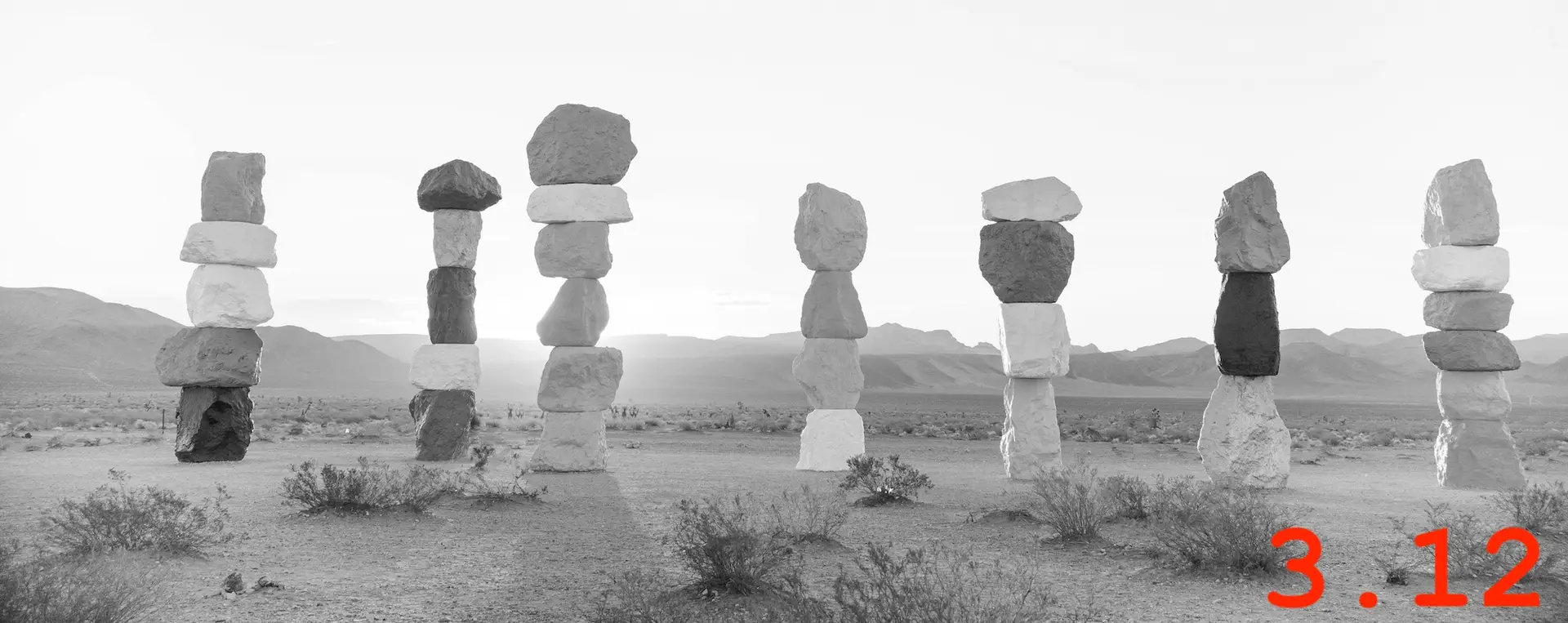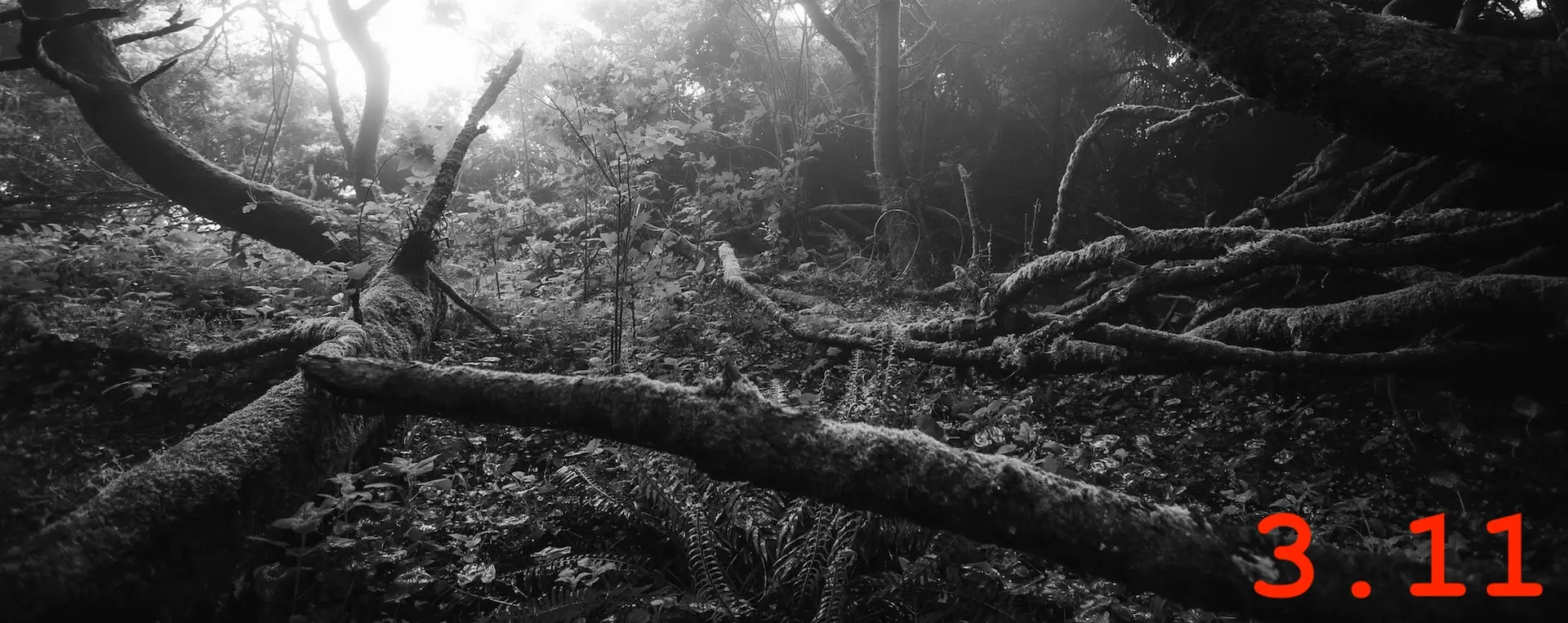Thought leadership should be fun, fast, and fearless. You tap into excitement about new ideas and advocate for something better. That’s the mindset behind The Idea Sled. Projects glide forward gracefully. It’s the momentum of commitment. This newsletter shows you how.
Some ideas change everything. Most decay but keep circulating anyway.
There’s a moment at the beginning of an idea’s life when it feels like magic. An innovator sparks belief and suspends time, as if a powerful spirit has just been summoned across the threshold and brought into the world.
Then reality arrives. The idea begins to create reality around it, not through force but by resonance. This moment marks the beginning of its embodiment. Valid ideas naturally take on structure and build momentum as they get traction. The idea must become something real. It moves markets, realigns how a company does business, generates revenue, justifies headcount, and manifests into marketing and communication plans that can carry its force into the world.
That is the work.
Realization and Maturity
In capital markets, consider the rise of direct indexing. It began as a provocation. Pioneered by firms like Parametric and Aperio for ultra-high-net-worth investors, it became a mainstream mechanism for democratizing highly tailored portfolios.
That was the magic. A once-exclusive strategy slowly reframed itself as a scalable solution for the broader investor base as other firms adopted and productized it.
Along with this evolution came the machinery: regulatory and compliance processes, tax-loss harvesting algorithms, workflows, portfolio rebalancing engines, platform integrations. Firms began building for it, structuring teams around it, and offering services to support it. Operational excellence followed. So did client demand.
Direct indexing became a business line, a managed product, a repeatable solution with defined roles, workflows, and reporting layers that could support client delivery and justify its place in the portfolio of offerings. It became revenue, process, and ordinary all at once, not through decline but through the successful completion of its initial arc.
Surrounding all this was a corresponding wave of marketing activity from traditional product promotion to broader efforts to elevate the underlying concepts through white papers, webinars, executive op-eds, and other thought leadership assets aimed at reframing how personalization could reshape the investment experience.
Disenchantment
But even as it reaches commercial maturity, the idea begins to age. Its promise is proven, its mechanisms are understood, and its outcomes are predictable. What begins to fade is not the value but the mystique. The language becomes more standardized. The positioning more routine. Marketing cycles continue even as innovation slows.
What fades is not the idea’s worth but the aura that once surrounded it. The old thought-leading position no longer reflects the innovation of its original iteration. Nevertheless, the content machine drones on.
The German sociologist Max Weber used “disenchantment” to describe a similar phenomenon. He sees it as a historical process in which worldviews become less governed by mystery or the sacred. They become more rational and bureaucratic as the world becomes “calculable.”
In this framing, disenchantment reflects a shift in how people assign meaning to the world around them: from myth and ritual to method and rule. What we see in the maturation of a successful idea echoes that same movement. Its aura dims. As the mystery fades, the language flattens into the technocratic soup of jargon that often arises when thought leadership outlasts its original transformational insight.
New Life…
Sometimes an idea returns in a new configuration. It carries with it the shape of its first life but enters a different phase shaped by changed conditions, unfamiliar challenges, and renewed relevance. The idea becomes revitalized and re-enchanted because it has something new to reveal.
With direct indexing, as it matured into a mainstream product, its evolution created opportunities for new questions and thought leadership on topics like personalization at scale, the operational implications for advisors, regulatory design, platform interoperability, etc.
These developments carried implications well beyond the technical. They became the raw material for a second wave of thought leadership that focused on operational realities, shifting regulatory expectations, and the longer-term consequences of mass personalization. The idea, once normalized, re-entered the conversation because its implications had deepened.
Such re-enchantment happens when the idea evolves alongside the environment it helped to shape. The overall topic may be familiar, but its implications are not. This moment signals the beginning of something more than recovery, a kind of resurrection. An idea once believed to have run its course takes on a new and urgent life. The conditions for arising again are rare: the idea must have mattered once, must have been tested, and must still have something urgent to say in a new turn of the markets.
…Versus Hungry Afterlife
But some ideas don’t return in renewal. They circulate without meaning, draining energy from the system that once gave them power. In Germanic folklore, there’s a figure called the Nachzehrer (literally translated, there “after consumer”). It inhabits and bloats a corpse, consuming its burial shroud, its clothing and jewelry. The Nachzehrer devours itself and spreads contagion to the living. It doesn’t walk. It doesn’t speak. But it feeds.
We live with the remains of ideas that continue to linger in a kind of afterlife long after their true vitality is gone. People continue trying to live off them. Content marketing strategies carry on long after the underlying ideas have lost their vitality, sustained by the rhythms of production rather than the relevance of what they deliver.
Content operations feed on the remnants of past innovations, draining them of significance while still dressing them in the language of novelty. They surface in quarterly campaigns, in templated decks, and in headlines about “innovation” that haven’t meant anything new in years.
It’s the Nachzehrer afoot once again. The content marketing function becomes self-justifying, hopelessly trying to reanimate what has already died. The idea is gone, but the ghost still speaks, using recycled phrasing and empty frameworks to mimic vitality. The copy still passes brand review. The SEO keywords are there. But the idea has no breath left in it.
Something else—duller and needier—has taken its place.
A Haunting and a Banishment
For example, blockchain began as a provocation far away from the mainstream of capital markets. It quickly became the centerpiece of countless headlines, pitch decks, and speculative campaigns. The narrative around it grew bloated, consumed by its own hype, its originality thinned by overuse. As a thought leadership topic, it ceased to be new insight even as one thought leadership piece after another kept talking about it.
And yet, further innovation began to emerge. On-chain settlements, tokenized real-world assets, and atomic swaps quietly returned blockchain to a place of relevance from its grave of revenance. Not a resurrection of the hype but the surfacing of meaningful infrastructure with potential for value.
The Threshold
Real thought leadership doesn’t just announce. It moves. It adapts. It deepens. But it also reaches a threshold at the end of its life. In this defining moment, the idea has either exhausted its creative momentum or is poised to take on a new configuration. From there, it either moves toward genuine renewal that feeds market innovation or becomes something haunted that only devours itself.
This is the arc: from magic to disenchantment, and then to re-enchantment or an insatiable afterlife. Some ideas return with greater vitality. Some never truly leave but linger as a content strategy that consumes attention while giving nothing back.
On Resurrection
The language of resurrection has deep roots in Christian theology, where it speaks not of repetition but of transformation. The Easter holiday signals a passage through death into a radically renewed life. That framing echoes how ideas behave. Some truly die. Some live on in grotesque forms. Still others return with new force and urgency, not because they were repeated, but because they were made new again, with new life emerging.
The question is never just whether an idea lives or dies. It’s whether it still has the power to shape the world. If we aren’t still listening, it’s just howling in the wind.
Killing a Nachzehrer
(or, “How to stop content from feeding on dead ideas”)
Place a coin or stone in its mouth
Give the content weight. Ask: Does this idea still carry insight, or is it just an echo? Add friction—force it to justify itself with data or perspective.
Sever its head from the body
Separate the strategy from the slogan. Don’t let outdated messaging define current goals. Update the framing, or let it go.
Burn the corpse
Archive it. Some campaigns need a ceremonial end. Don’t keep reskinning a message that’s outlived its context.
Watch for signs: bloating, self-consumption, unnatural silence
Look for marketing that repeats without variation, references itself, or avoids specificity. These are the signs of undead content.

Three Grace Notes
“All those words — dead ones and the ones that weren’t quite dead but that nobody ever used anymore — were stored in Great-grandpa’s head. He was always wanting to throw out old crockery or toys they didn’t use anymore, yet he kept all the old useless words in the drawers of his brain, never letting them go.” —Yoko Tawada, The Emissary
“‘Spirits’ always walk about invisibly with gaping mouths. We are always cringing, and distributing gifts on all sides, asking protection of one, giving ransom to another, and unable to obtain anything whatsoever gratuitously” —Marshall Sahlins, The New Science of the Enchanted Universe: An Anthropology of Most of Humanity
“It seems to me that it perpetuates itself, this exchange of nothing. Behind it is an existential exhaustion, the sickness, the fear, the lockdowns, the stretching of the human mind past its capacity to manage.” —Katherin May, Enchantment: Awakening Wonder in an Anxious Age
Note: The links above are affiliate links. I’m using them in lieu of paid subscription tiers or digital tip jars. Seems like a much more graceful way to generate financial support while sharing more thinking and writing that can guide thought leadership.




